Properties
| Storage Buffer | PBS pH 7.4, 0.02% Proclin 300, 50% glycerol |
| Storage Temperature | -20ºC, Conjugated antibodies should be stored according to the product label |
| Shipping Temperature | Blue Ice or 4ºC |
| Purification | AmMagTM Ultra AT Protein A MagBeads |
| Clonality | Recombinant Monoclonal |
| Clone Number | S22 |
| Isotype | IgG Kappa |
| Specificity | Detects C-terminus of Slo1, epitope mapped to within AA #690-715 (PKLMRHDPLLIPGNDQIDNMDSNVKK). |
| Cite This Product | Slo1 Antibody (StressMarq Biosciences | Victoria, BC CANADA, Catalog# SMC-625, RRID: AB_3716781) |
| Certificate of Analysis | 1 µg/ml was sufficient for detection of Slo1 on Rat Brain Membrane lysate. |
Biological Description
| Alternative Names | Slo1, BKAlpha, maxi-K+ channel, Calcium-activated potassium channel subunit alpha-1, Calcium-activated potassium channel, Subfamily M subunit alpha-1, KCa1.1, K(VCA)alpha, BK channel, BKCA alpha, Maxi K channel, Slo-alpha, Slowpoke homolog, Kcnma1, Kcnma, Maxi Potassium channel alpha, KCMA1, Slo, BKCa, mSlo, MaxiK, mSlo1, 5730414M22Rik, BK, BKCA channel, K VCA, BKCA alpha subunit, BKTM, Drosophila slowpoke like, SAKCA |
| Research Areas | Calcium-Activated Potassium Channels, Cancer, Cardiovascular System, Cell Signaling, Ion Channels, Neuroscience, Potassium Channels |
| Cellular Localization | Cell Membrane, Nucleus |
| Accession Number | AAA39746.1 |
| Gene ID | 16531 |
| Swiss Prot | Q08460 |
| Scientific Background |
Slo1, also known as the BK (Big Potassium) channel or BKα, is a voltage- and calcium-activated potassium channel highly expressed in neurons and smooth muscle. It plays a critical role in regulating membrane excitability by facilitating the repolarization phase of action potentials and modulating neurotransmitter release. Slo1 channel activity is finely tuned by intracellular Ca²⁺ levels and membrane potential, and is further regulated by auxiliary KCNMB subunits. This dynamic regulation enables Slo1 to influence synaptic transmission, motor coordination, and responses to ethanol. Notably, Slo1 dysfunction has been implicated in a range of neurological and neuromuscular disorders, including epilepsy, ataxia, hypertension, and muscular dystrophy. Recent studies suggest that Slo1 may also contribute to neurodegenerative disease mechanisms by altering neuronal firing patterns and calcium homeostasis. Its interaction with dystrophin-related pathways further underscores its relevance in neuromuscular integrity. Given its broad physiological roles and disease associations, Slo1 is emerging as a promising target for therapeutic intervention and biomarker development in neurodegenerative research. |
| References |
1.,Yang, C.T., Zeng X.H., Xia X.M., and Lingle C.J. (2009). Interactions between β Subunits of the KCNMB Family and Slo3: β4 Selectively Modulates Slo3 Expression and FunctionPloS One. 4(7): e6135. DOI: 10.1371/journal.pone.0006135 2.,Latorre, R., & Brauchi, S. (2006). Large conductance Ca2+-activated K+ (BK) channel: Activation by Ca2+ and voltage. Biological Research, 39(3), 385-401. DOI: 10.4067/s0716-97602006000300003 3.,Petkov G. V. (2014). Central role of the BK channel in urinary bladder smooth muscle physiology and pathophysiology. American journal of physiology. Regulatory, integrative and comparative physiology, 307(6), R571–R584. DOI: 10.1152/ajpregu.00142.2014 4.,Pathak, D., Guan, D., & Foehring, R. C. (2016). Roles of specific Kv channel types in repolarization of the action potential in genetically identified subclasses of pyramidal neurons in mouse neocortex. Journal of neurophysiology, 115(5), 2317–2329. DOI: 10.1152/jn.01028.2015 5.,Kim, H., Pierce-Shimomura, J. T., Oh, H. J., Johnson, B. E., Goodman, M. B., & McIntire, S. L. (2009). The dystrophin complex controls bk channel localization and muscle activity in Caenorhabditis elegans. PLoS genetics, 5(12), e1000780. DOI: 10.1371/journal.pgen.1000780 |
Product Images
![<p>Western blot analysis with Stressmarq’s Rabbit Anti- Slo1 Monoclonal Antibody, Clone S22 (SMC-625) showing detection of Human Slo1 protein in a transient over-expression (OE) lysate (OriGene LY400815). Block: 2% skim milk + 2% BSA for 1 hour at RT. Primary Antibody: Rabbit Anti-Mouse Slo1 Recombinant Monoclonal [S22] (SMC-625) at 1:1000 for 2 hours at RT. Secondary Antibody: , at 1:5000 for 1 hour at RT. Color Development: Chemiluminescent for HRP (Moss) for 30 sec at RT in the dark. Exposed 15 seconds. NOTE: The ORF clone contains a C-term DDK tag; results were confirmed using Anti-DDK antibody (OriGene TA592569), showing laddering above target is related to homooligomerization of the Slo1 protein (data not shown).</p>](https://www.stressmarq.com/wp-content/uploads/SMC-625_Slo1_Antibody_S22_WB_Human-OE-lysate_1.png)
Western blot analysis with Stressmarq’s Rabbit Anti- Slo1 Monoclonal Antibody, Clone S22 (SMC-625) showing detection of Human Slo1 protein in a transient over-expression (OE) lysate (OriGene LY400815). Block: 2% skim milk + 2% BSA for 1 hour at RT. Primary Antibody: Rabbit Anti-Mouse Slo1 Recombinant Monoclonal [S22] (SMC-625) at 1:1000 for 2 hours at RT. Secondary Antibody: , at 1:5000 for 1 hour at RT. Color Development: Chemiluminescent for HRP (Moss) for 30 sec at RT in the dark. Exposed 15 seconds. NOTE: The ORF clone contains a C-term DDK tag; results were confirmed using Anti-DDK antibody (OriGene TA592569), showing laddering above target is related to homooligomerization of the Slo1 protein (data not shown).
![<p>Immunocytochemistry/Immunofluorescence analysis with Stressmarq’s Rabbit Anti- Slo1 Monoclonal Antibody, Clone S22 (SMC-625). Tissue: Neuroblastoma cells (Kelly). Species: Human. Fixation: 4% PFA for 10 min at RT. Permeabilization: 0.15% TritonX for 15 min at RT. Blocking: 10% goat serum for 40 min at RT. Primary Antibody: Rabbit Anti-Mouse Slo1 Recombinant Monoclonal [S22] (SMC-625) at 1:100 for 1 hour at RT. Secondary Antibody: Goat anti-Rabbit IgG-AlexaFluor488 (green) at 1:1000 for 1 hour at RT in the dark. Counterstain: DAPI (blue) nuclear stain at 1:1000 for 5 min at RT in the dark.</p>](https://www.stressmarq.com/wp-content/uploads/SMC-625_Slo1_Antibody_S22_ICC-IF_Human_Neuroblastoma-Cells_1.png)
Immunocytochemistry/Immunofluorescence analysis with Stressmarq’s Rabbit Anti- Slo1 Monoclonal Antibody, Clone S22 (SMC-625). Tissue: Neuroblastoma cells (Kelly). Species: Human. Fixation: 4% PFA for 10 min at RT. Permeabilization: 0.15% TritonX for 15 min at RT. Blocking: 10% goat serum for 40 min at RT. Primary Antibody: Rabbit Anti-Mouse Slo1 Recombinant Monoclonal [S22] (SMC-625) at 1:100 for 1 hour at RT. Secondary Antibody: Goat anti-Rabbit IgG-AlexaFluor488 (green) at 1:1000 for 1 hour at RT in the dark. Counterstain: DAPI (blue) nuclear stain at 1:1000 for 5 min at RT in the dark.
![<p>Immunohistochemistry analysis with Stressmarq’s Rabbit Anti- Slo1 Monoclonal Antibody, Clone S22 (SMC-625). Tissue: Brain. Species: Mouse. Fixation: Paraffin embedded, 4um thin. Blocking: 3% milk for 1 hour at RT. Primary Antibody: Rabbit Anti-Mouse Slo1 Recombinant Monoclonal [S22] (SMC-625) at 1:100 for 1 hour at RT. Secondary Antibody: Goat anti-rabbit IgG:HRP(H&L) at 1:100 for 45 min at RT. Counterstain: Hematoxylin (purple) nuclear stain at 1:10 for 5 min at RT. Color Development: DAB at 1:50 for 15 min at RT.</p>](https://www.stressmarq.com/wp-content/uploads/SMC-625_Slo1_Antibody_S22_IHC_Mouse_Brain_1.png)
Immunohistochemistry analysis with Stressmarq’s Rabbit Anti- Slo1 Monoclonal Antibody, Clone S22 (SMC-625). Tissue: Brain. Species: Mouse. Fixation: Paraffin embedded, 4um thin. Blocking: 3% milk for 1 hour at RT. Primary Antibody: Rabbit Anti-Mouse Slo1 Recombinant Monoclonal [S22] (SMC-625) at 1:100 for 1 hour at RT. Secondary Antibody: Goat anti-rabbit IgG:HRP(H&L) at 1:100 for 45 min at RT. Counterstain: Hematoxylin (purple) nuclear stain at 1:10 for 5 min at RT. Color Development: DAB at 1:50 for 15 min at RT.
![<p>Immunocytochemistry/Immunofluorescence analysis with Stressmarq’s Rabbit Anti- Slo1 Monoclonal Antibody, Clone S22 (SMC-625). Tissue: Pheochromocytoma cells (PC-12). Species: Rat. Fixation: 4% PFA for 10 min at RT. Permeabilization: 0.15% TritonX for 15 min at RT. Blocking: 10% goat serum for 40 min at RT. Primary Antibody: Rabbit Anti-Mouse Slo1 Recombinant Monoclonal [S22] (SMC-625) at 1:100 for 1 hour at RT. Secondary Antibody: Goat anti-Rabbit IgG-AlexaFluor488 (green) at 1:1000 for 1 hour at RT in the dark. Counterstain: DAPI (blue) nuclear stain at 1:1000 for 5 min at RT in the dark.</p>](https://www.stressmarq.com/wp-content/uploads/SMC-625_Slo1_Antibody_S22_ICC-IF_Rat_Pheochromocytoma-Cells_1.png)
Immunocytochemistry/Immunofluorescence analysis with Stressmarq’s Rabbit Anti- Slo1 Monoclonal Antibody, Clone S22 (SMC-625). Tissue: Pheochromocytoma cells (PC-12). Species: Rat. Fixation: 4% PFA for 10 min at RT. Permeabilization: 0.15% TritonX for 15 min at RT. Blocking: 10% goat serum for 40 min at RT. Primary Antibody: Rabbit Anti-Mouse Slo1 Recombinant Monoclonal [S22] (SMC-625) at 1:100 for 1 hour at RT. Secondary Antibody: Goat anti-Rabbit IgG-AlexaFluor488 (green) at 1:1000 for 1 hour at RT in the dark. Counterstain: DAPI (blue) nuclear stain at 1:1000 for 5 min at RT in the dark.
![<p>Western blot analysis with Stressmarq’s Rabbit Anti-Slo1 Monoclonal Antibody, Clone S22 (SMC-625) showing detection of Rat Slo1 protein in a Rat brain membrane lysate. Block: 2% skim milk + 2% BSA for 1 hour at RT. Primary Antibody: Rabbit Anti-Mouse Slo1 Recombinant Monoclonal [S22] (SMC-625) at 1:1000 for 2 hours at RT. Secondary Antibody: Goat anti-rabbit IgG-HRP (H&L) at 1:5000 for 1 hour at RT. Color Development: Chemiluminescent for HRP (Moss) for 3 min at RT in the dark. Exposed 6.5 seconds.</p>](https://www.stressmarq.com/wp-content/uploads/SMC-625_Slo1_Antibody_S22_WB_Rat_Brain-membrane-lysate_1.png)
Western blot analysis with Stressmarq’s Rabbit Anti-Slo1 Monoclonal Antibody, Clone S22 (SMC-625) showing detection of Rat Slo1 protein in a Rat brain membrane lysate. Block: 2% skim milk + 2% BSA for 1 hour at RT. Primary Antibody: Rabbit Anti-Mouse Slo1 Recombinant Monoclonal [S22] (SMC-625) at 1:1000 for 2 hours at RT. Secondary Antibody: Goat anti-rabbit IgG-HRP (H&L) at 1:5000 for 1 hour at RT. Color Development: Chemiluminescent for HRP (Moss) for 3 min at RT in the dark. Exposed 6.5 seconds.

![Western blot analysis with Stressmarq’s Rabbit Anti- Slo1 Monoclonal Antibody, Clone S22 (SMC-625) showing detection of Human Slo1 protein in a transient over-expression (OE) lysate (OriGene LY400815). Block: 2% skim milk + 2% BSA for 1 hour at RT. Primary Antibody: Rabbit Anti-Mouse Slo1 Recombinant Monoclonal [S22] (SMC-625) at 1:1000 for 2 hours at RT. Secondary Antibody: , at 1:5000 for 1 hour at RT. Color Development: Chemiluminescent for HRP (Moss) for 30 sec at RT in the dark. Exposed 15 seconds. NOTE: The ORF clone contains a C-term DDK tag; results were confirmed using Anti-DDK antibody (OriGene TA592569), showing laddering above target is related to homooligomerization of the Slo1 protein (data not shown). SMC-625_Slo1_Antibody_S22_WB_Human-OE-lysate_1.png](https://www.stressmarq.com/wp-content/uploads/SMC-625_Slo1_Antibody_S22_WB_Human-OE-lysate_1-150x150.png)
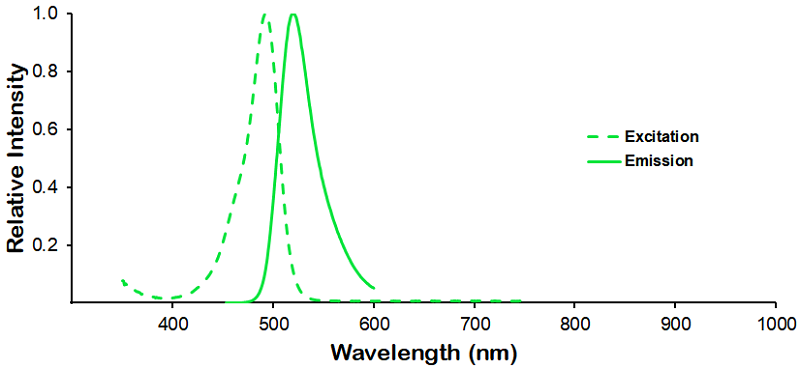
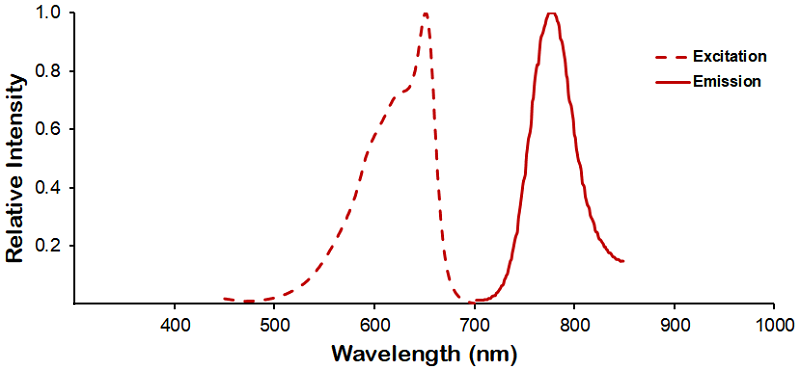
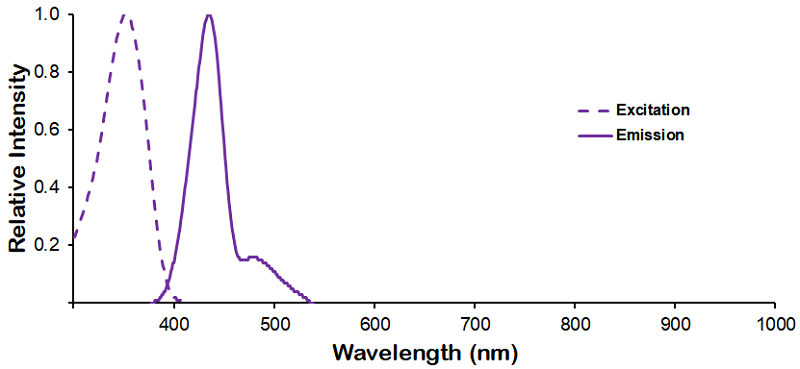
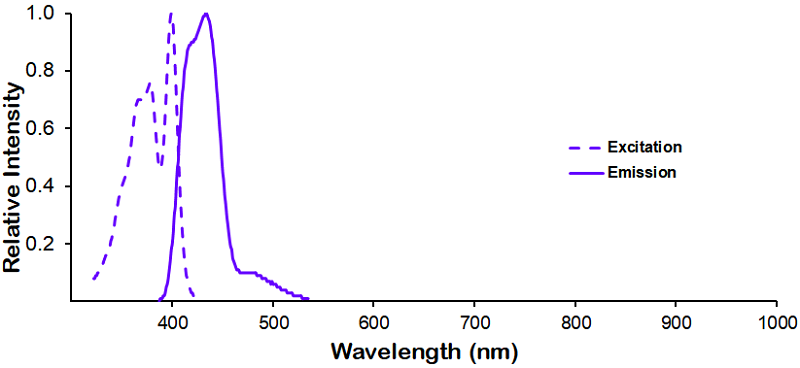
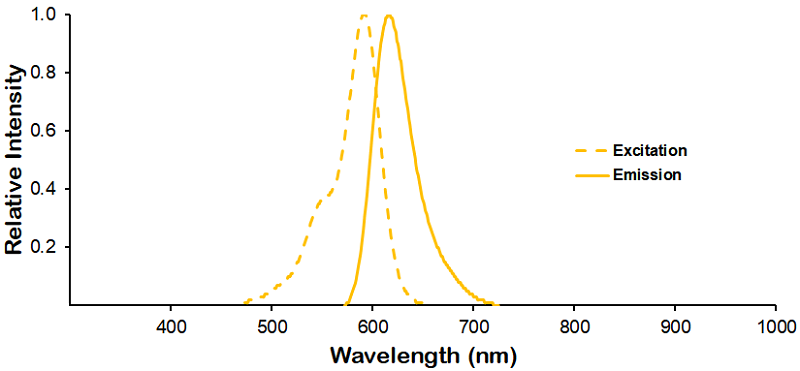

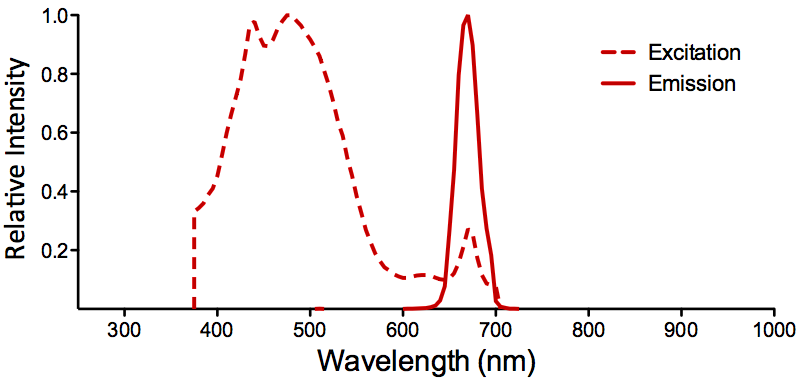
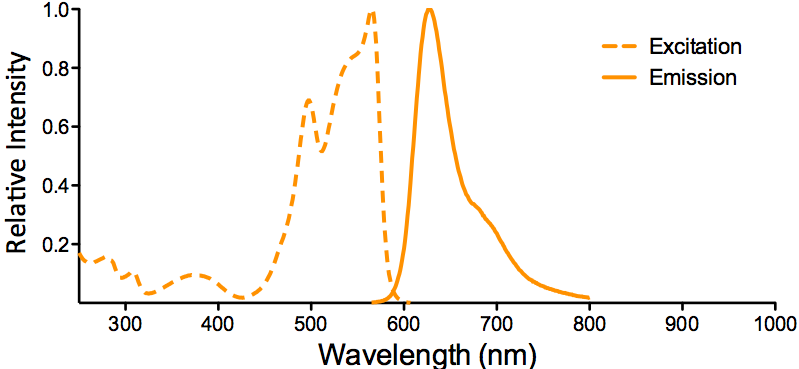
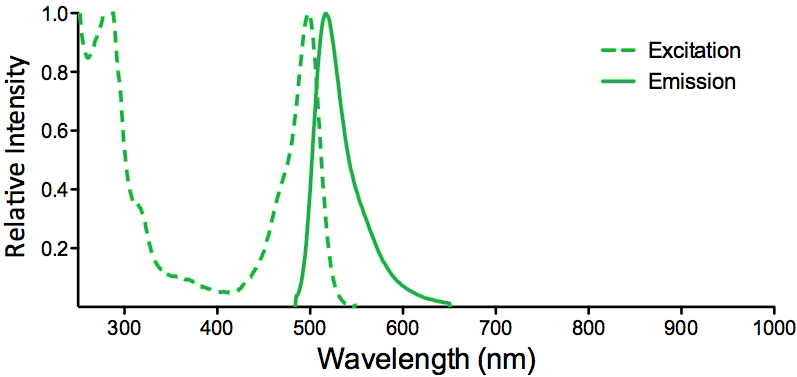
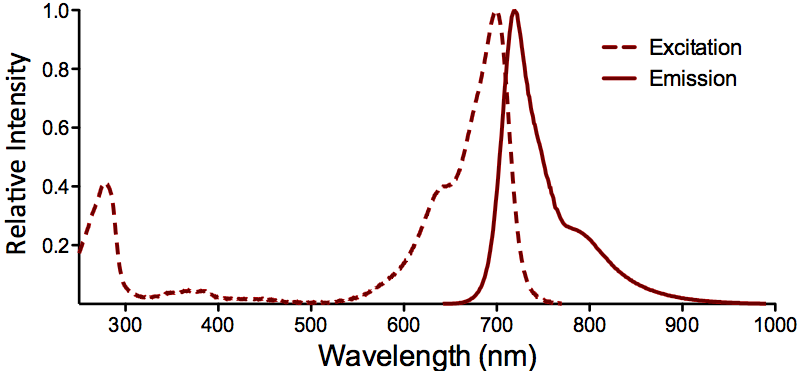
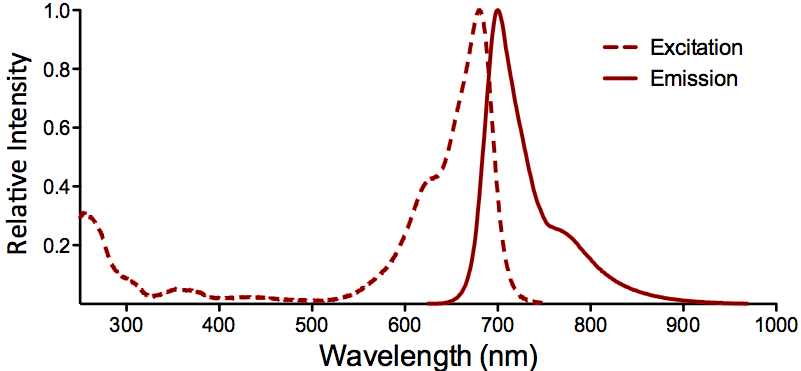

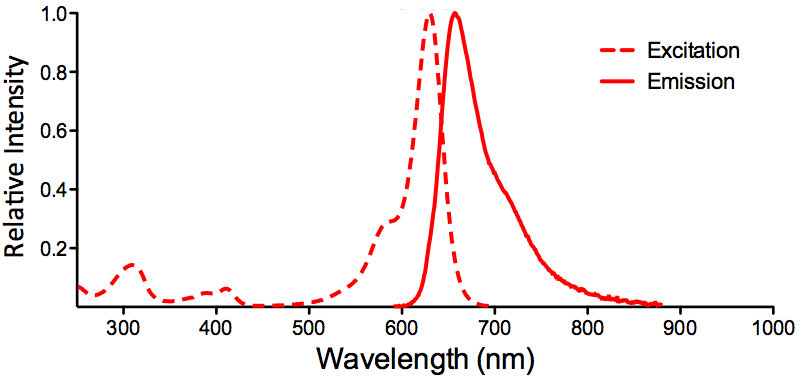
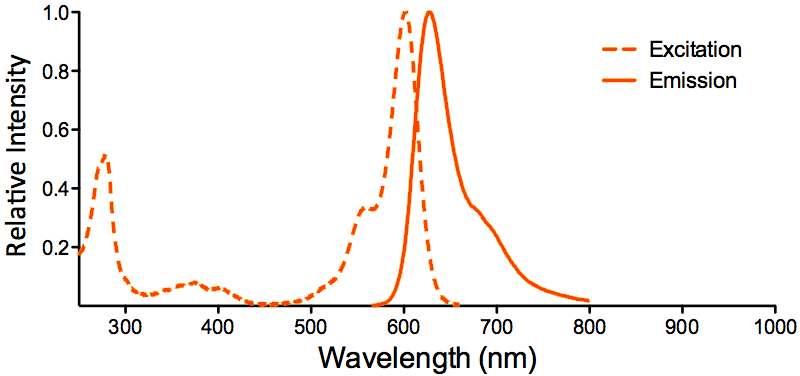

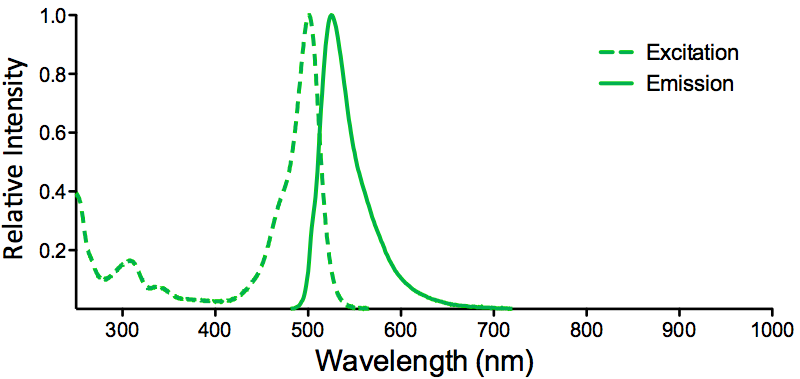
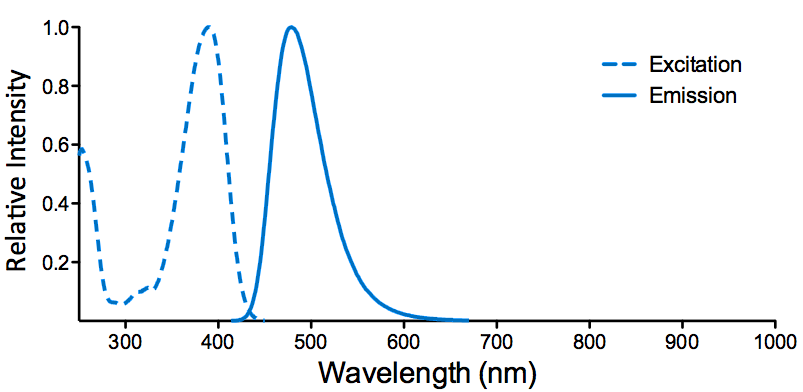
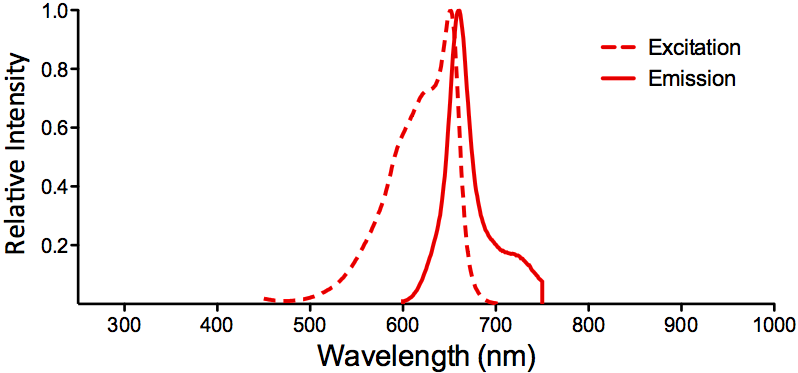
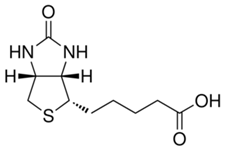
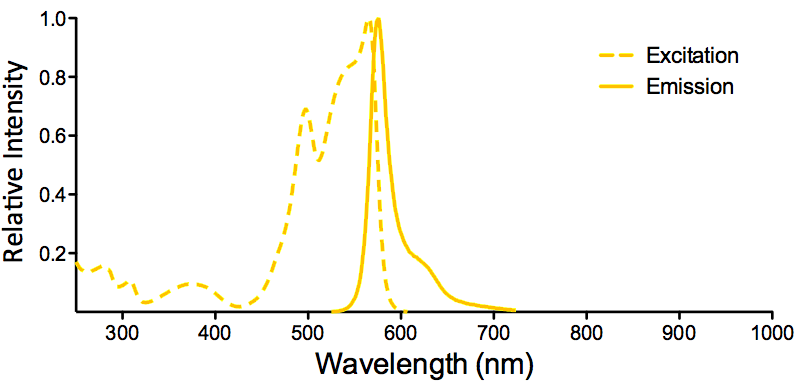
Reviews
There are no reviews yet.